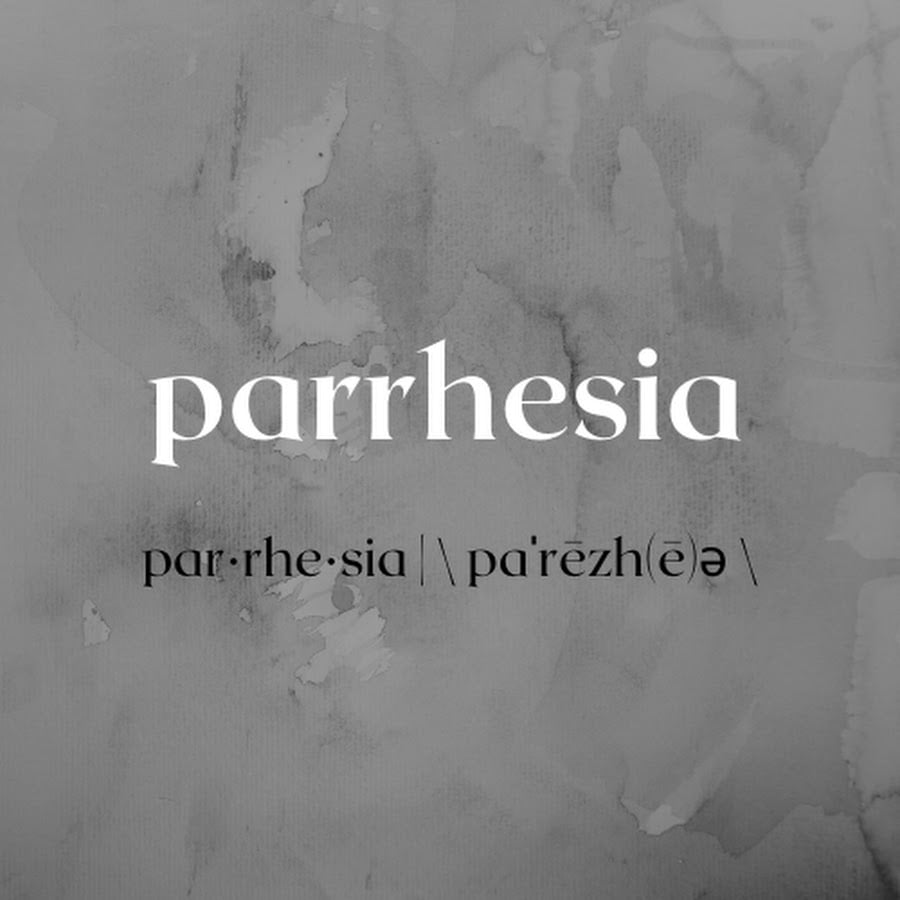On Ariel Djanikian and “The Prospectors”
MERİ TEK DEMİR
The International Armenian Literary Alliance (IALA) has been organizing an online event series titled “Literary Lights” in collaboration with the National Association for Armenian Studies and Research (NAASR) to introduce Armenian writers living in different parts of the world, who primarily publish works in English. IALA defines their mission as promoting Armenian writers to wider audiences through English and aims to translate works of Armenian authors writing in Armenian and other languages into English to enrich world literature and foster intercultural dialogue. In 1945 for instance, Leon Surmelian chose to write his famous work “I Ask You, Ladies and Gentlemen” in English despite having the proficiency to write in Armenian, aiming to reach a broader audience, a trend still prevalent today. Despite more accessible translation opportunities nowadays, the decrease in Armenian language production raises questions about the visibility of Armenian literature. However, setting aside this debate, I would like to discuss Ariel Djanikian, whom I recently discovered through the event organized by IALA, and her perspective on history.
Djanikian, with literary training and publications in prominent literary outlets like The Paris Review, is an American writer and creative writing instructor known for her two novels. Her novel “The Prospectors” tells the story of a Californian farming family from the time of the 1849 Gold Rush to the present day, particularly focusing on the intense migration to the Klondike region following the discovery of gold mines in America. When I searched for Ariel Djanikian, whom I didn’t know, and discovered that she thematizes this subject in her novel, I found it intriguing and wondered about her motivation. I pondered whether she might have been inspired by a book she read on the topic, such as Hagop L. Barsoumian’s “The Armenian Amira Class of Istanbul” or other sources exploring the relationship between the amira class and mining. Perhaps, like Nancy Kricorian, she was recounting the experiences of an Armenian family within a historical theme. However, I learned during the interview that it was neither of these influences.
 Illustration: Tamar Gürciyan
Illustration: Tamar Gürciyan
For me, The most striking point during the interview was Djanikian’s response to the extent to which she incorporated her maternal family’s story into the novel, where she pointed to the absence of the Armenian identity in the book, saying, “As an Armenian you have the silence in your history, so that comes naturally to be in the book.” Even when not explicitly narrating an Armenian story, the author was aware of a sense of silence. On the other hand, her interpretation of the impact of the mid-19th-century mining frenzy migrations on local populations through the lens of Armenian women, referencing her own history and alluding to the experiences of local people, reminded me of the kawar communities (rural communities) communities) and migrations.
The fact that a geographically distant Armenian female writer, writing in another language and on a different subject, made this connection in my mind was indicative of the connection she had established with her Armenian identity in the background. While Djanikian mentioned in the interview that the characters in her novel couldn’t provide an answer to the question she posed to herself, “What will we do with this history?”, it was impressive to see how she, as a writer, could bring together her personal history and the reflections of written history, and convey these bridges through literature. It was heartening to hear that her new works would incorporate reflections from stories she heard from her paternal side.
At the end of the interview, I pondered upon both the spread of cultural interaction due to dispersion across different parts of the world, and what remains within our cultural memory, within ourselves. These texts reaching a wide readership actually provide us with an opportunity for introspection and reconsideration of our own memory. From this perspective, I find it valuable that a contemporary Armenian female writer, writing in the United States or elsewhere in a different language, not only reaches others but also prompts us, living in different parts of the world, to reconsider questions related to our own identity through literature.



